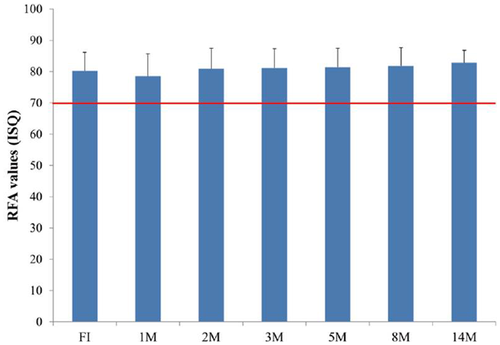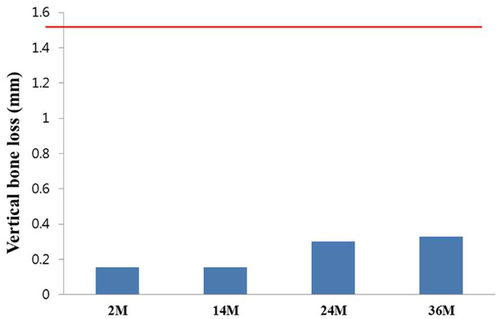Clinical outcome of immediately and early loaded implants with laser treated surface – A 3-year retrospective study
15434 Poster Display Clinical Research – Prosthetics
Background
The entire laser treated surface of the implant has a porous structure that is pure and not contaminated. The main purposes of implant surface treatment are to increase the surface area to obtain a higher mechanical fixation between bone and implant immediately after insertion, to provide a surface structure that can maintain a blood clot well, and to provide a surface form that can promote the process of bone healing.
Aim/Hypothesis
According to a recent study, laser treated surface implants help improve the osseointegration process. As a unique surface, this method of treating implants prevents contamination with extraneous factors and has a high degree of surface purity, resulting in excellent surface roughness.
Material and Methods
A total of 23 implants were placed in the edentulous molar area of the mandible- 13 implants were immediately loaded and 10 implants were early loaded. The implants used were made of titanium grade 23, screw shaped, 4.2 mm in diameter, and 10 mm in length. Patients were evaluated with resonance frequency analysis at implant fixture installation and 1, 2 (final prosthesis installation), 3, 5, 8, and 14 months later. X-rays were taken at 2 months after fixture installation and 1, 2, 3 years after to measure the marginal bone loss.
Results
The mean ISQ value measured from surgery was greater than 70 at all-time points (Fig. 1). From implant installation to after 14 months, ISQ values increased gradually. The measured ISQ values at 6 and 12 months after installation in 23 implants were higher than 70, which was the success criterion of this clinical trial. The bone loss values were less than 0.33 ± 0.32 mm after 36 months of implant installation (Fig. 2). These bone loss values are 4.5 times lower than success criteria (≤1.5 mm). There was no significant difference between final prosthesis installation and after 12 months. But, except for the two groups, there was a significant difference among all groups.
Conclusion and Clinical Implications
Within the limitations of this study, it can be concluded that immediate and early implant loading is possible for laser treated implants.






